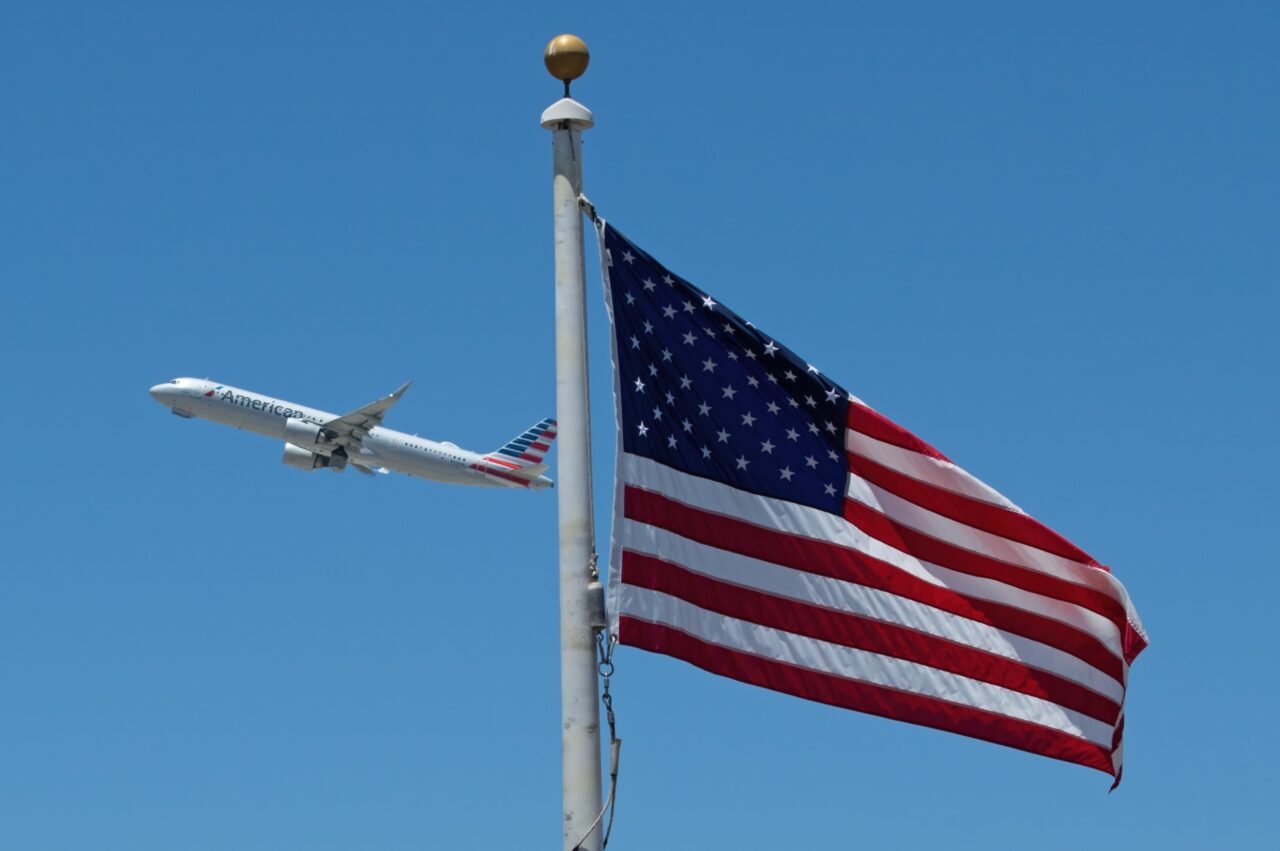The longest government shutdown in American history is officially over. Congress finally approved a funding bill on Wednesday night, effectively ending the shutdown on its 42nd day.
The shutdown dealt a significant blow to everyday life, as every government worker either faced furlough or had to continue working without a paycheck. One of the hardest-hit sectors was air travel. Overworked and understaffed air traffic controllers increasingly took sick days to pursue additional income streams.
According to FlightAware data, there were nearly 3,000 flight cancellations and 11,229 delays within, into, or out of the United States on Sunday alone. Officials likened the disruption’s scale to the impact of a light snowstorm.
The cancellations peaked following an FAA-mandated flight reduction across 40 major airports. Initially set at 4% on Friday, the reduction increased to 6% by Tuesday. These measures aimed to address the real safety threat posed by understaffed air traffic controller teams in some of the nation’s busiest airspaces.
If no funding deal had been reached, cancellations were projected to rise to 10% by Friday, with Transportation Secretary Sean Duffy warning of future reductions potentially reaching 20%.
One might expect that with the shutdown’s end, flight reductions would be lifted immediately. However, that is not the case. The Department of Transportation (DOT) will maintain flight restrictions as long as safety risks persist.
“We’re going to wait to see the data on our end before we take out the restrictions in travel,” Duffy stated at a press conference on Tuesday. The decision hinges largely on how quickly air traffic controllers currently working return to duty.
Last week, FAA Administrator Bryan Bedford revealed that 20-40% of controllers at the 30 largest airports were not showing up for work.
However, there are signs of improvement. “Today is a good sign,” Duffy said on Tuesday.
Air traffic controllers will receive 70% of their back pay for missed paychecks within 24 to 48 hours of the government’s reopening. The remaining 30% is expected to be paid roughly a week later.
A recent post on Truth Social by President Donald Trump, suggesting potential $10,000 bonuses for controllers who worked without pay during the shutdown, may also encourage more controllers to return. While it’s uncertain if such bonuses will be awarded, the gesture could boost morale.
Even with the eventual removal of flight reduction mandates, experts warn that air travel will continue to face challenges. With only two weeks until Thanksgiving—the start of the busy holiday travel season—the industry is bracing for significant disruption.
“We are preparing for record Thanksgiving travel, with some 31 million passengers expected, and the busy shipping season is coming up,” said Airlines for America, an industry group, in a statement on Wednesday.
However, “airlines cannot flip a switch and resume normal operations immediately after a vote—there will be residual effects for days,” the group added.
Flight schedules are tightly coordinated, factoring in not just air traffic but also crew and aircraft positioning for subsequent flights. A single cancellation can cascade, causing widespread delays and complexities that may take days to resolve.
Moreover, the shutdown may have worsened an already critical shortage of air traffic controllers. The FAA faced staffing challenges even before the shutdown, amid rising concerns following incidents like the fatal crash involving a U.S. Army Black Hawk helicopter and an American Airlines regional jet in Washington D.C. earlier this year.
The DOT is actively working to modernize the air traffic control system and boost controller staffing. Nonetheless, the shutdown is likely a setback to these efforts.
At Tuesday’s press conference, Secretary Duffy noted a troubling increase in retirements. Whereas four air traffic controllers retired daily before the shutdown, that number has surged to approximately 15 to 20 per day.
“Long after you all finish covering the shutdown, we are going to be stuck dealing with this problem. We are about 2,000 controllers short, trying to make up that difference,” he said.
As the government reopens, addressing the air traffic controller shortage remains a pressing priority to ensure the safety and reliability of American air travel.
https://gizmodo.com/the-government-shutdown-is-finally-over-but-flight-disruptions-will-continue-2000684865



